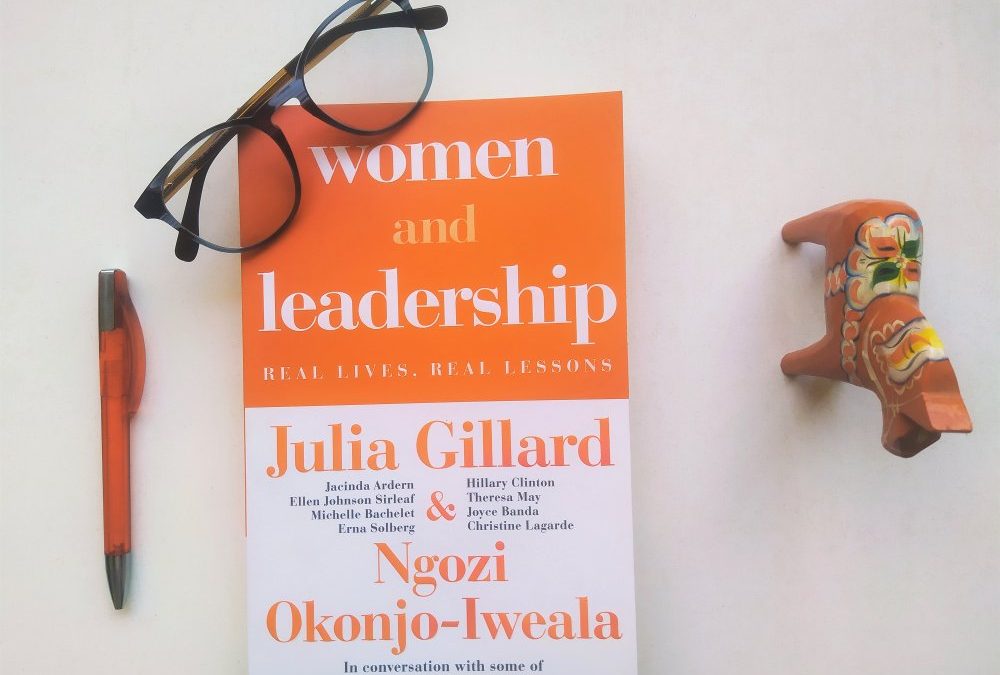Some of the eight hypotheses that the authors have are how boys and girls are raised differently, the way women’s appearance tends to be a subject of discussion, the choices they make regarding family, and how there is a perception that women do not support each other. The authors ask the eight women what their experiences were when they were in leadership (Jacinda is the only still prime minister). There are striking differences among societies perception of women in politics. For instance, Jacinda and Erna did not seem to have faced many challenges in terms of their leadership in comparison to Theresa and Hillary whose scrutiny bordered on abuse. It was also not smooth sailing for the African leaders, Ellen and Joyce whose leaderships faced immense opposition and their leadership capacity questioned.
The common thread among the 10 women, which includes Gillard and Okonjo-Iweala is that when the opportunity presented itself to be leaders, they took it. It may have come with the support of others, the mentorship of those who went before them and their desire to make a change. They took it upon themselves to break down the barriers so that the next generation of women could have it easier. This was by changing policies, creating organisations, questioning the establishments and being role models.
Women and Leadership is a revealing and insightful book. Some of the issues addressed are not new but there is no harm in iterating them. It offers a glimpse into the lives of women who have shattered the proverbial glass ceiling. There are still numerous glass ceilings that need to be shattered that Gilliard and Okonjo-Iweala hope would happen soon. The book offers sound advice to women who should not be disillusioned when they find themselves in positions of leadership but be prepared for the challenges. For the men who read this book, it shows we can be part of the solution in addressing the challenges that women face. It can start by calling out sexism in the spheres in which we operate. The authors say, “Our world can only eradicate the gender bias in politics, and leadership generally if it is identified, discussed, studied and challenged, and evidence-based change strategies are implemented.”
Women and Leadership: Real Lives, Real Lessons
301 pages
Publisher: Bantam Press
Available in Bookworld

Recent Comments